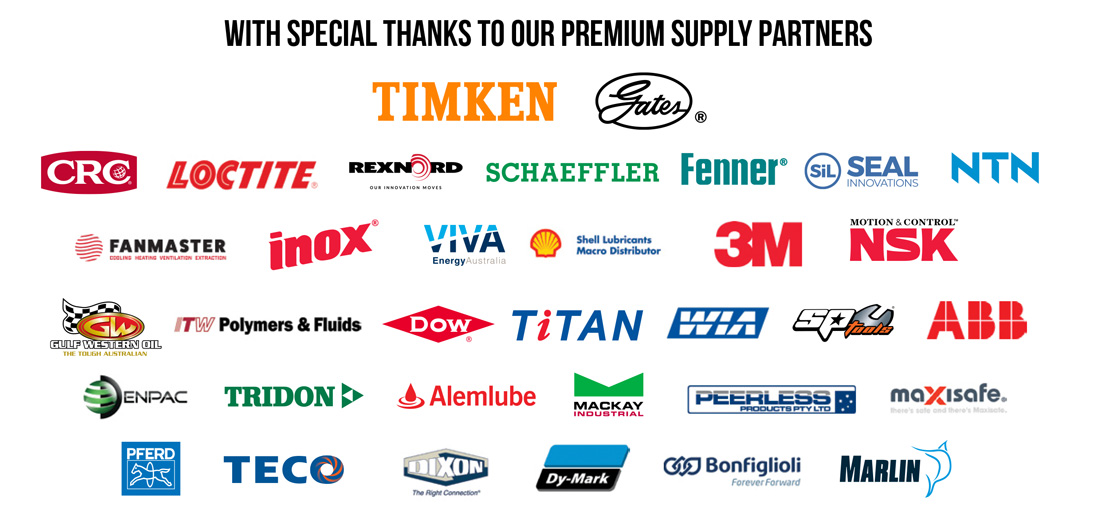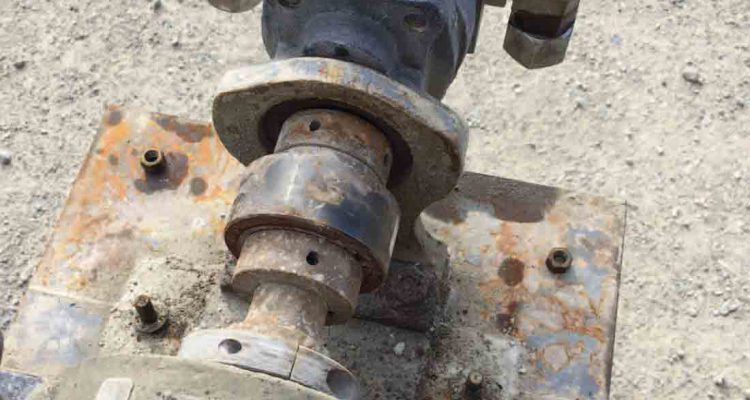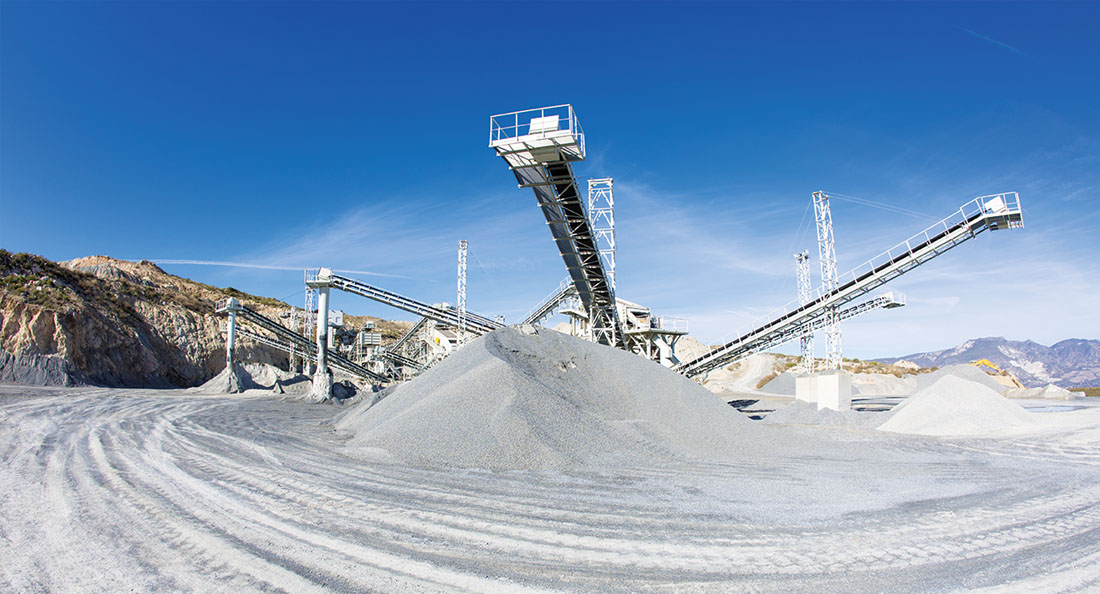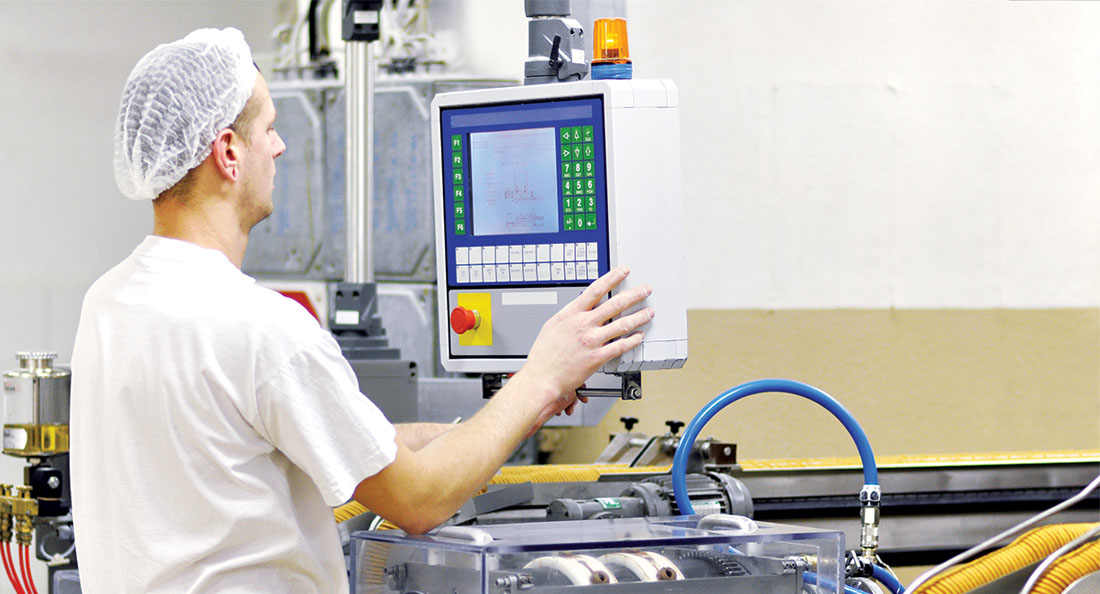Being able to anticipate customer needs is at the heart of what Bundaberg BSC Branch Manager, Dale Jackson, does. And this was the case with a mining client who was experiencing regular coupling failure on their dump trucks.
“They had a particular coupling that had a short life cycle because it was working in a high dust environment,” explains Dale. “So, I suggested our Lovejoy Quick-Flex® coupling by Timken with steel hubs as an alternative for them.”
Not only has the coupling life extended, but the client now only replaces the element every 1000 hours of service, compared with the entire coupling every 800 hours, which was the case with the previous coupling. Moreover, the
Quick-Flex® coupling does not need to be realigned when replacing just the element, saving hours in the change out. With a fleet of 12 trucks now using this coupling, this offers quite a substantial saving
to the client.
“My estimate is that it would be saving them at least $10,000 per year by not having to incur the cost of the whole coupling, plus the time savings,” says Dale. “Replacing just the inserts is much cheaper than replacing the whole coupling. The OEM coupling was around $700, but now they are only replacing the inserts at about $35.”
In this particular application, the coupling is used to drive the fan unit that cools the electrical components in the vehicle.
“There are a lot of electrical components in these dump trucks and those components get quite hot, so they need these fans to keep the components cool – therefore, the coupling that drives the fan unit is considered critical equipment,” elaborates Dale. “Because of the design of the original coupling and the heavy dust in the environment, the components used to wear excessively that the only option was to replace the complete coupling.”
Besides being used on an electrical and brake cooling fan on a dump truck, Dale says there a host of other applications on a mine site where the Lovejoy Quick-Flex® couplings by Timken would be suitable and could reduce costs.
“There are many applications they are being used in such as pumps in mines and quarries, right up to applications in the heavy dragline machines – anywhere you have a coupling, these can be an alternative product,” says Dale. “They come with four different types of inserts for different strengths. You can actually standardize one coupling size and use it throughout your applications instead of having five to six different couplings.”
Dale elaborated on how a site could standardize their couplings and reduce the overall number and variety used on a site.
“If you have a coupling and use the Quick-Flex® red insert, which is standard, you can replace this with the Quick-Flex® blue insert, which is high torque, and it can handle nearly double the amount of torque. Similarly, you can use the
Quick-Flex® black insert, which is ultra-high torque or the Quick-Flex® white insert for high temperatures, depending on the application,” he explains. “For example, one coupling may be able to handle the job of a larger coupling simply by using one of the other elements that can handle a higher torque load.”
Before replacing any couplings, Dale recommends that customers speak with their BSC branch first, who will consult with Timken to ensure the couplings are suitable.
“But what’s certain is that Lovejoy
Quick-Flex® couplings by Timken can certainly handle a lot more power than other couplings can handle in that size. This is because they are made of steel, whereas a lot of other couplings you see in the field are made from cast iron. If dropped, cast iron couplings can break whereas the steel couplings are unquestionably stronger,” Dale concludes.




